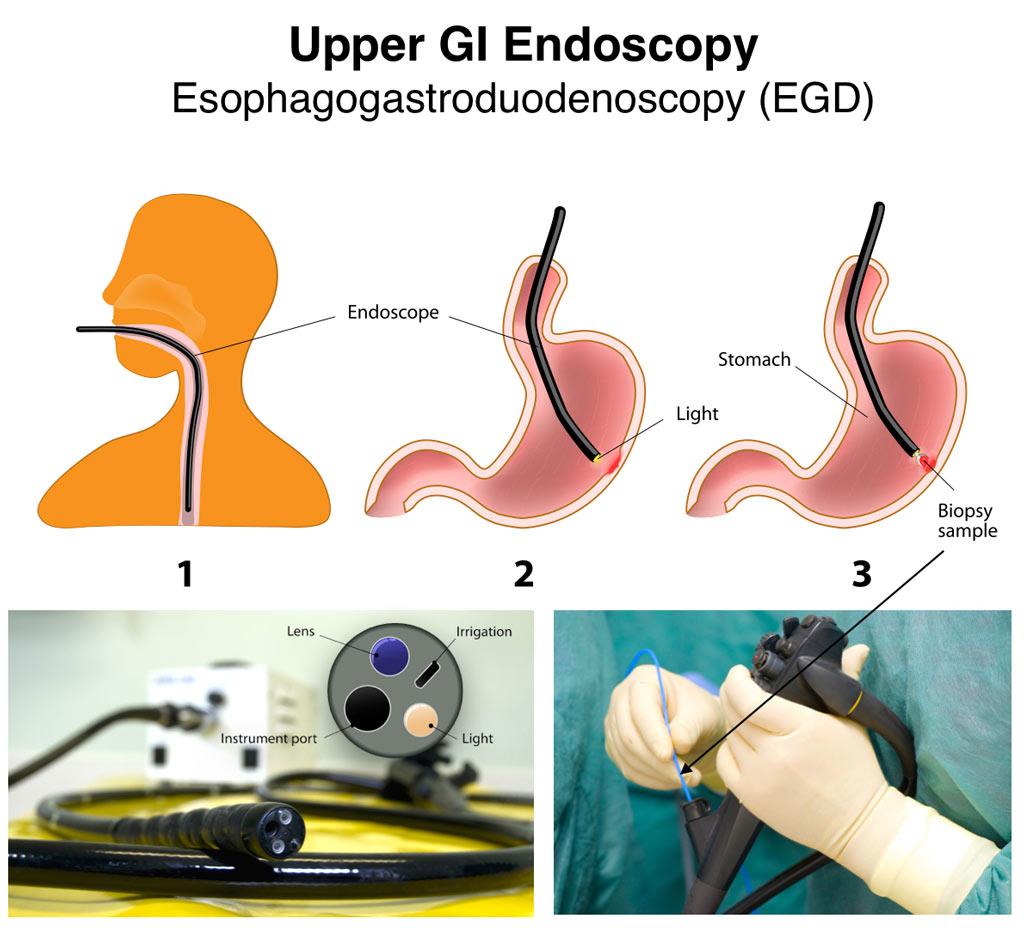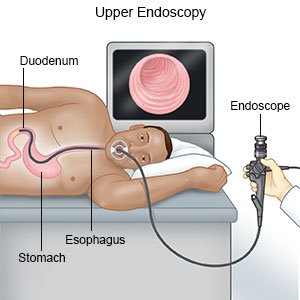Anything that occupies some
space, having mass, volume and can be felt by one or more out of five senses is
called matter. The purest form of matter is called an element. An element is a
substance which cannot be split up into two or more simpler substances by the
usual chemical methods of applying heat, light or electric energy.
A pure substance consists of a single type of particles. All the
elements and compounds are pure substances because they contain only one kind
of particles. eg. Hydrogen, Carbon, Oxygen, Carbon-monoxide,Copper, Gold,
Silver.
A pure substance has a fixed
composition as well as a fixed boiling point and melting point. The presence of
impurities generally increases the melting and boiling point of the pure
substances
Q: 8.1 Which of the statement is true about pure substances
a. Homogeneous mixtures are pure as they have same composition throughout.
b. 22 carat goldis pure in nature.
c. Elements are not pure in nature.
d. Gold and carbon dioxide both are pure in nature.
Q: 8.2 The
boiling point of pure water is 100oC. What likely be the effect on
the boiling point of water if 150 gm NaCl is added to one litre of water ?
______________________________________________________________________________________________________________________________.
Q: 8.3 Carbonmonoxide gas can be separated into carbon and oxygen gas by ________________.
a. Chemical methods
b. Applying heat,
c. Sunlight or electric energy
d. None of the above.
Q: 8.4The melting point of 1 Kg carbon dioxide is –79°C. What will be the melting point of 500gmCarbondioxide?
-----------------------------------------------------------------
Q: 8.5 Why table salt resist free flow and becomes damp during rainy season moisture if exposed to damp air although sodium chloride does not hygroscopic?
--------------------------------------------------------------------------------------------------------------
Q: 8.6 Universe is made up of matter justify this statement?
---------------------------------------------------------------------------------------------------------------
Answer Key and Credit:
ANSWER 8.1:-
Scientific
Literacy:
|
FRAMEWORK |
CHARACTERISTICS |
|
Competency |
|
|
Knowledge system |
Knowledge of science-Physical |
|
Context |
Global |
|
Cognitive demand |
Low |
|
Item format |
Simple Multiple choice question. |
|
Proficiency level |
2 |
Credit Pattern:
|
Full Credit: |
2 |
|
Partial Credit: |
1 |
|
Nil Credit: |
0 |
|
Full Credit: |
|
|
Partial Credit: |
Only if one factor is mentioned like
Gold or Carbon |
|
Nil Credit: |
Other responses. |
ANSWER 8.2:-
Scientific
Literacy:
|
FRAMEWORK |
CHARACTERISTICS |
|
Competency |
|
|
Knowledge system |
Knowledge of science-Physical |
|
Context |
Global |
|
Cognitive demand |
Medium |
|
Item format |
Closed constructive |
|
Proficiency level |
4 |
Credit
Pattern:
|
Full Credit: |
2 |
|
Partial Credit: |
1 |
|
Nil Credit: |
0 |
|
Full Credit: |
Boiling point of water will increase. |
|
Partial Credit: |
101oC or above |
|
Nil Credit: |
Boiling point of water will remains
constant or decreas |
ANSWER 8.3:-
Scientific
Literacy:
|
FRAMEWORK |
CHARACTERISTICS |
|
Competency |
Use scientific evidences to draw
conclusion |
|
Knowledge system |
Procedural |
|
Context |
Global |
|
Cognitive demand |
Low |
|
Item format |
Simple Multiple choice question. |
|
Proficiency level |
2 |
Credit
Pattern:
|
Full Credit: |
2 |
|
Partial Credit: |
1 |
|
Nil Credit: |
0 |
|
Full Credit: |
(D) None of the above. |
|
Partial Credit: |
------ |
|
Nil Credit: |
Other responses.(A), (B) and (C) |
ANSWER 8.4:-
Scientific Literacy:
|
FRAMEWORK |
CHARACTERISTICS7 |
|
Competency |
Interpret Data and Evidence
Scientifically |
|
Knowledge system |
Physical |
|
Context |
Global |
|
Cognitive demand |
Low |
|
Item format |
Closed constructive |
|
Proficiency level |
1 |
Credit
Pattern:
|
Full Credit: |
2 |
|
Partial Credit: |
1 |
|
Nil Credit: |
0 |
|
Full Credit: |
Same –79°C. |
|
Partial Credit: |
------ |
|
Nil Credit: |
Other responses or missing |
ANSWER 8.5:-
Scientific Literacy:
|
FRAMEWORK |
CHARACTERISTICS7 |
|
Competency |
Evaluate and design scientific
enquiry |
|
Knowledge system |
Earth |
|
Context |
Global |
|
Cognitive demand |
High |
|
Item format |
Closed constructive |
|
Proficiency level |
5 |
Credit Pattern:
|
Full Credit: |
2 |
|
Partial Credit: |
1 |
|
Nil Credit: |
0 |
|
Full Credit: |
The presence of CaCl2 and MgCl2
impurities in table salt absorb moisture if exposed to moist air and resist
free flow. |
|
Partial Credit: |
Due to the presence of impurities. |
|
Nil Credit: |
Any other or missing. |
ANSWER 8.6:-
Scientific Literacy:
|
FRAMEWORK |
CHARACTERISTICS7 |
|
Competency |
Evaluate and design scientific
enquiry |
|
Knowledge system |
Earth |
|
Context |
Global |
|
Cognitive demand |
High |
|
Item format |
Closed constructive |
|
Proficiency level |
5 |
Credit
Pattern:
|
Full Credit: |
2 |
|
Partial Credit: |
1 |
|
Nil Credit: |
0 |
|
Full Credit: |
Space research have shown that all the
star, planet and satellites are very big in size and made up of solid
particle and sometimes possess (gaseous) atmosphere. Even our earth planet
contains soil, mineral rocks, water and atmosphere therefore according to the
definition mentioned anything that occupies some space, having mass, volume
and can be felt by one or more out of five senses is called matter. |
|
Partial Credit: |
Universe is made up of solid liquid and
gases. |
|
Nil Credit: |
Any other or missing. |





